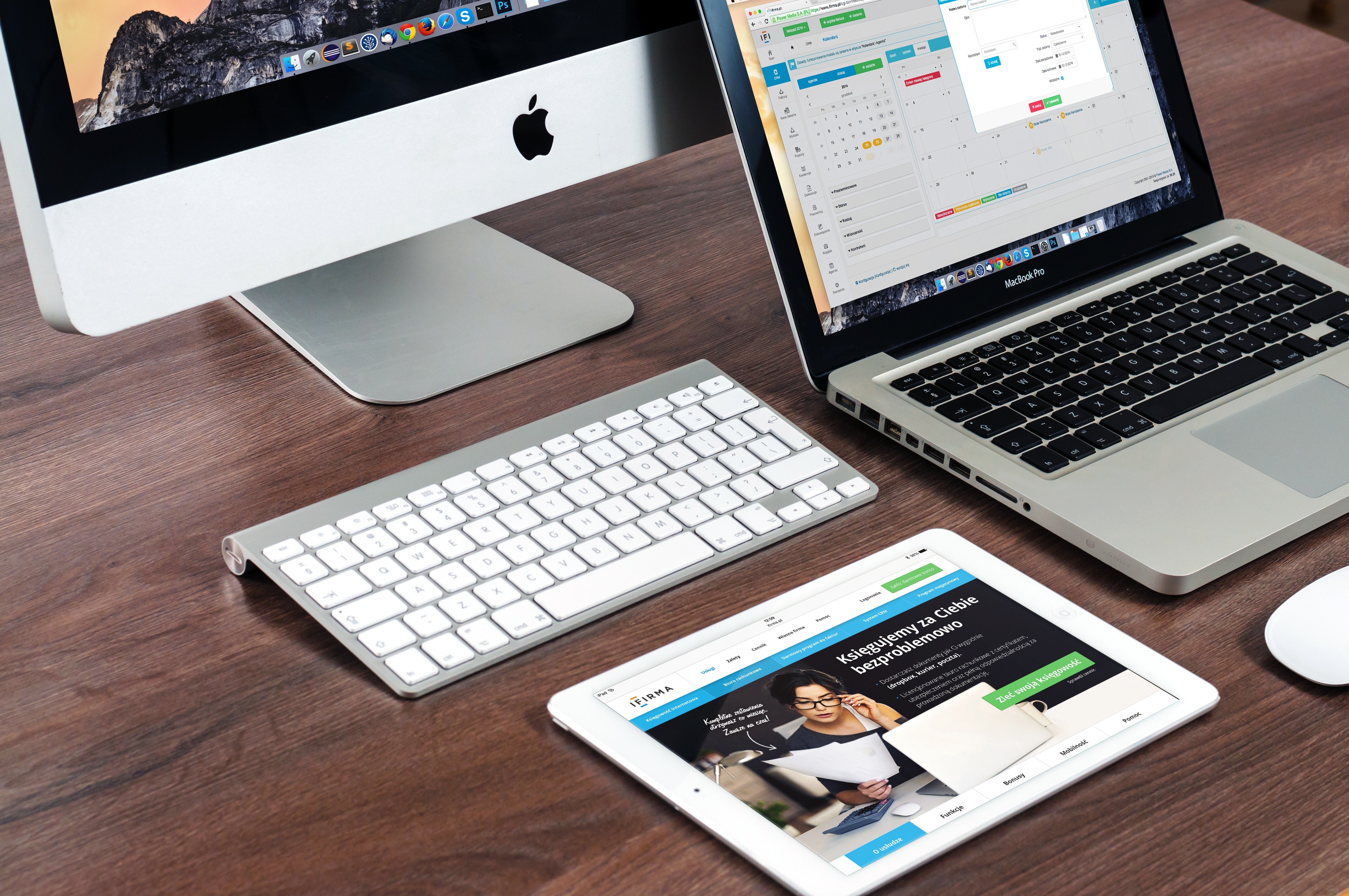Samsung is currently the exclusive supplier of OLED displays for the iPhone X and newer. This was stipulated in a contract between Apple and the Korean company. Due to the declining iPhone sales in recent quarters, Apple has reportedly reduced orders - this now has consequences.
According to a report by the Korean ETNews According to the report, Apple owes its rival and supplier Samsung a contractual penalty of several hundred million dollars due to the reduction in orders. Instead of paying the penalty in cash, Apple offered Samsung several options, according to the report. ETNews claims to have learned that Apple would commit to ordering OLED displays for future products such as “tablets and notebooks.” This corresponds to an older report from The Elec that Samsung is negotiating with Apple about supplying OLED displays for a brand new 16" MacBook Pro and future iPad Pro models - only the reason has not yet been disclosed. The well-known and accurate analyst Ming-Chi Kuo has also already reported on a new MacBook Pro with a whopping 16" screen diagonal in a completely new design - which display technology could be used remained unknown.
OLED displays have many advantages
The release date cannot be predicted with any certainty either, says Kuo. Based on recent entries in the EEC database The new MacBook Pro model could be released as early as fall 2019. Kuo has also touched on the topic of iPads several times. He believes that new iPad Pro models will go into mass production between the fourth quarter of 2019 and the first quarter of 2020 - again, he has not commented on the display technology of the new tablets. According to the analyst, Apple could equip new products with mini-LED screens in the next two to three years - but of course that is not certain either.
The first Apple product to feature an OLED display was the Apple Watch, followed by the iPhone X - further development of the technology could thus continue with the iPad and MacBook. OLED displays could have several advantages for future iPad Pro and MacBook Pro models - including lower power consumption, more brightness, sharper colors and faster response times compared to LCDs. In addition, OLED panels are often thinner, which can lead to a slimmer and lighter product design. (Image: C00)




